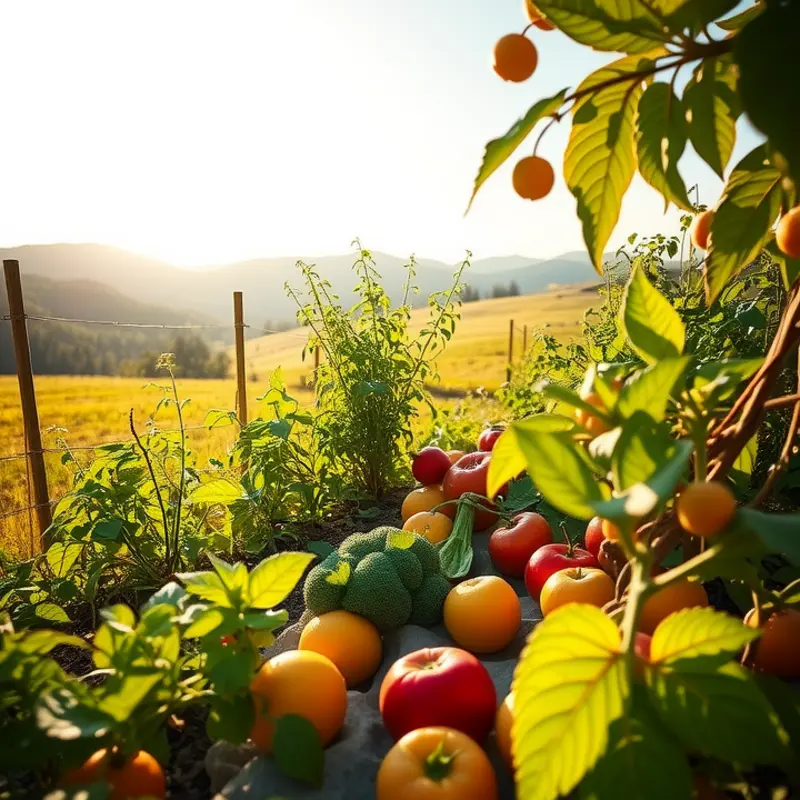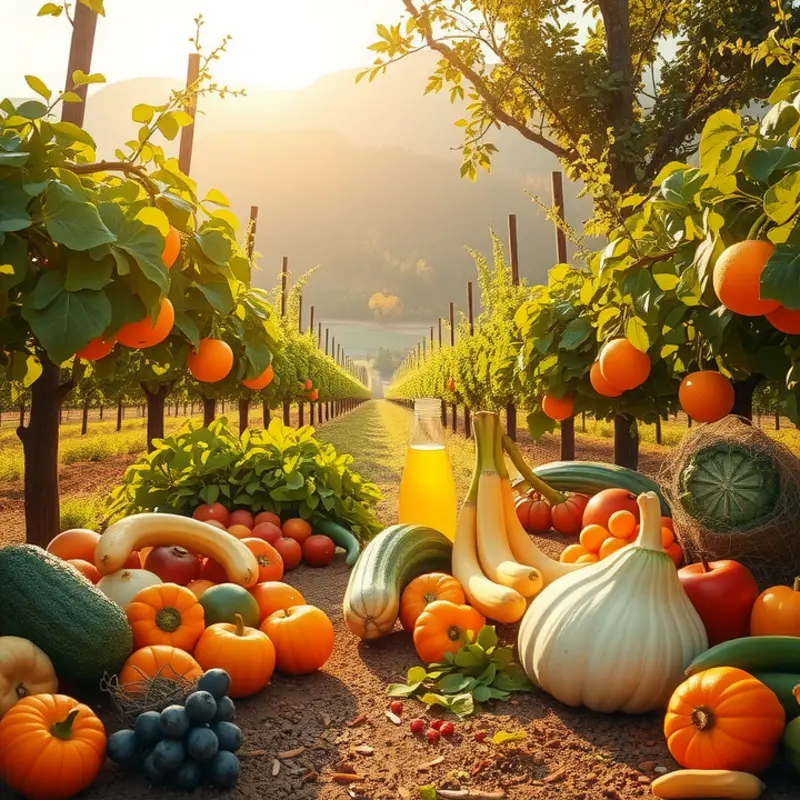Sautéing is a fundamental skill in cooking that can elevate your dishes from ordinary to extraordinary. This technique, which involves cooking food quickly in a small amount of oil or fat over high heat, hinges on mastering temperature control. Whether you’re a novice or a seasoned cook, understanding how to manage heat effectively can make all the difference in achieving perfectly sautéed vegetables, meats, and seafood. Let’s dive into some essential temperature tips that will enhance your sautéing skills.
Understanding Heat Levels for Sautéing

Mastering heat control is essential for perfect sautéing. Precise heat levels influence the texture, color, and flavor of your food. Understanding these heat levels helps you adjust your cooking to suit the specific ingredients at hand.
Low Heat:
Low heat is ideal when you need to cook food slowly without browning the outside too quickly. This level prevents delicate ingredients like garlic from burning while releasing their flavors gradually. Low heat is also effective for initial stages, like sweating onions until translucent, maintaining their sweetness without caramelizing.
Medium-Low Heat:
Use medium-low heat for ingredients requiring more time to soften but with minimal browning. Vegetables like carrots and bell peppers benefit from this level. It softens them while starting to deepen flavors. Medium-low heat is also suitable for most oil-based sauces where gentle infusion is key.
Medium Heat:
Medium heat provides the perfect balance for most sautéing tasks. It browns meat evenly while locking in juices. Poultry and seafood like shrimp respond well at this temperature, reaching the ideal tenderness with a slight char. A good practice is to start at medium, adjusting as needed once a rhythm is established.
Medium-High Heat:
This level works best for quick-cooking proteins that need crust formation without overcooking inside, such as beef strips and thin pork chops. Medium-high heat promotes even searing and maintains the food’s succulence. Adjust quickly if smoke starts to appear; this indicates the pan may be overheating.
High Heat:
Reserve high heat for foods needing rapid cooking or for finishing a sautéed dish with a quick sear. High heat works best for flash sautéing vegetables or finishing a steak’s crust. This level demands vigilance, as overstaying can lead to burning rather than browning.
Recognizing which heat level to use and when to shift is an art developed over time. Begin with a pan heated to moderate warmth, then adjust based on visual cues like smoldering ingredients or the aroma of scorching.
Consider consulting resources on effective ingredient management to further boost your confidence in the kitchen. For practical ideas on handling different cooking scenarios, visit practical ingredient batching.
Practically, monitor heat by observing oil behavior. Glistening and faint ripples indicate it’s ready for moderate sautéing. Smoking suggests high heat—ideal for swift searing. Always have a strategy to swiftly moderate extreme heat. This includes removing the pan from the burner briefly or switching burners if necessary.
Mastering heat control empowers you to transform simple ingredients into culinary delights. Each adjustment alters the dish’s destiny, bringing you closer to perfectly sautéed creations.
Tips for Achieving Perfectly Sautéed Food

Mastering the art of sautéing can transform your culinary creations from merely good to extraordinary. Achieving perfectly sautéed food demands not just skill but an understanding of a few essential techniques.
Get the Right Pan: Begin by selecting a pan with a heavy, flat base, like stainless steel or cast iron. These materials distribute heat evenly, reducing hot spots that can cause food to cook unevenly. A nonstick pan is also an option for sautéing delicate items such as fish.
Preheat with Precision: Preheating is crucial. Place your pan over medium-high heat and let it sit for a minute or two. To test if it’s ready, add a few drops of water. If the water sizzles quickly and evaporates, you’re good to go. Preheating ensures your food hits the pan with an immediate sizzle, sealing flavors and moisture.
Choose the Right Fat: The type of fat you choose can impact both flavor and texture. Common choices include butter for richness and vegetable oil for a neutral taste. Olive oil is preferred for a savory note. Always ensure the fat is hot enough before adding your ingredients. For butter, watch for the browning stage, which indicates readiness.
Timing is Everything: Aim to add ingredients when the fat is shimmering but not smoking. This point is where flavors lock in without burning. Overcrowding the pan is a mistake; it causes steaming rather than frying. Cook food in batches if necessary to maintain consistent heat.
Control the Temperature: Adjusting the heat is a key aspect of sautéing. Start at medium-high to sear, then lower if needed. Constant stirring keeps food uniformly cooked and prevents sticking. This technique is especially beneficial for vegetables, which require even cooking.
Know When to Flip: Resist flipping too soon. Letting food sit allows a natural crust to form, enhancing both texture and taste. For meats, this crust adds depth of flavor, and for vegetables, it imparts natural caramelization. Flip once the underside is golden.
Deglaze for Extra Flavor: After sautéing, consider deglazing the pan. Adding liquid, such as wine or broth, lifts the flavorful browned bits, creating a simple sauce. This technique not only amplifies flavor but also ensures no taste is left behind.
For more tips on effortless cooking techniques, check our guide on easy sauce simmering. Whether it’s a dash of creativity or technique mastery, the path to standout sautéed dishes is now clearer. By honing these skills, you transform ordinary meals into restaurant-quality masterpieces.
Final words
Mastering temperature control in sautéing is essential for any home cook aiming to enhance their culinary skills. By understanding heat levels and employing practical techniques, you can create delicious, perfectly cooked meals every time. Remember to observe your ingredients closely and adjust your heat as needed. With practice, you will become more confident in your sautéing abilities, leading to a rewarding cooking experience. Embrace the art of sautéing and unlock delightful flavors in your kitchen.







